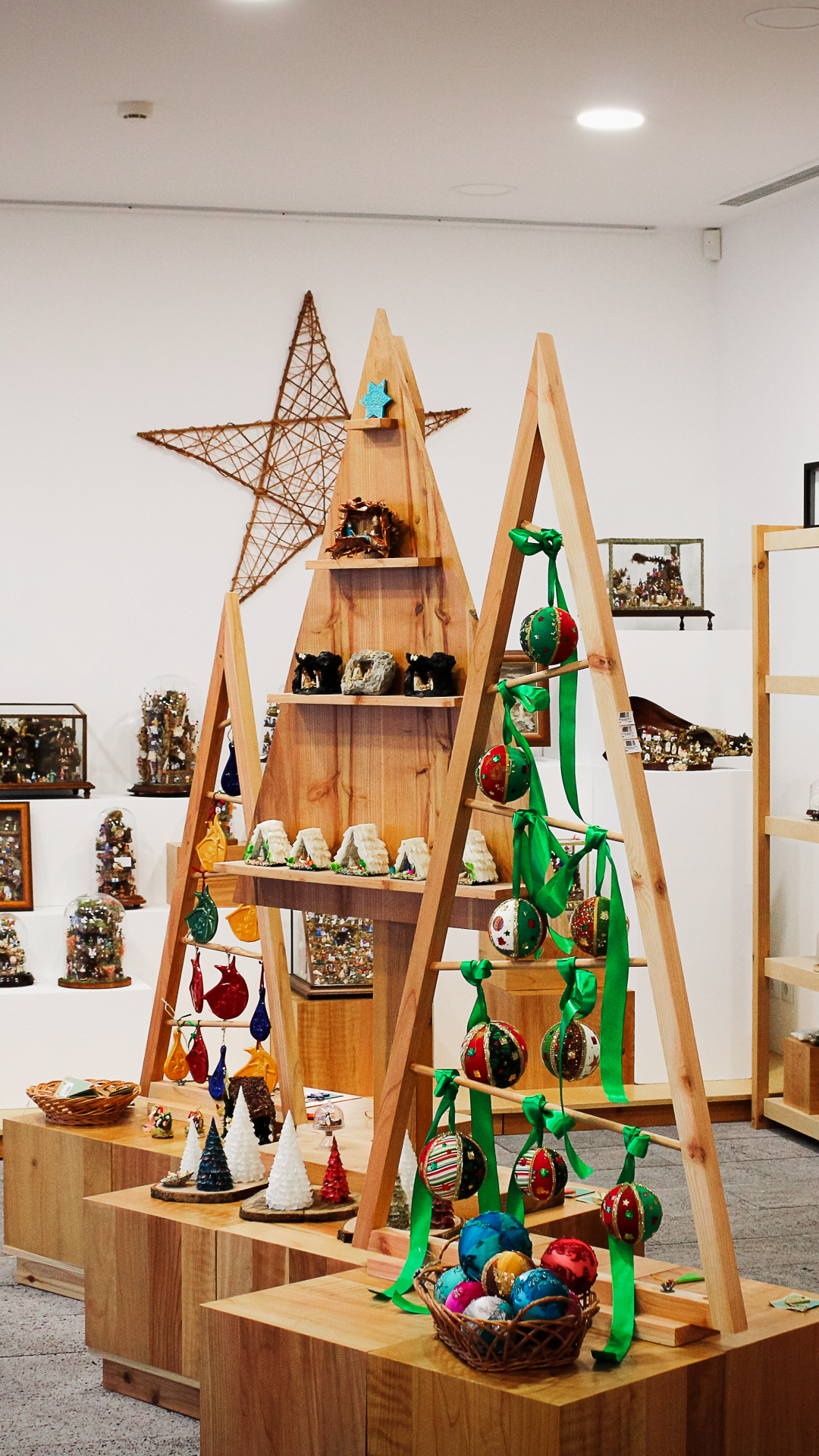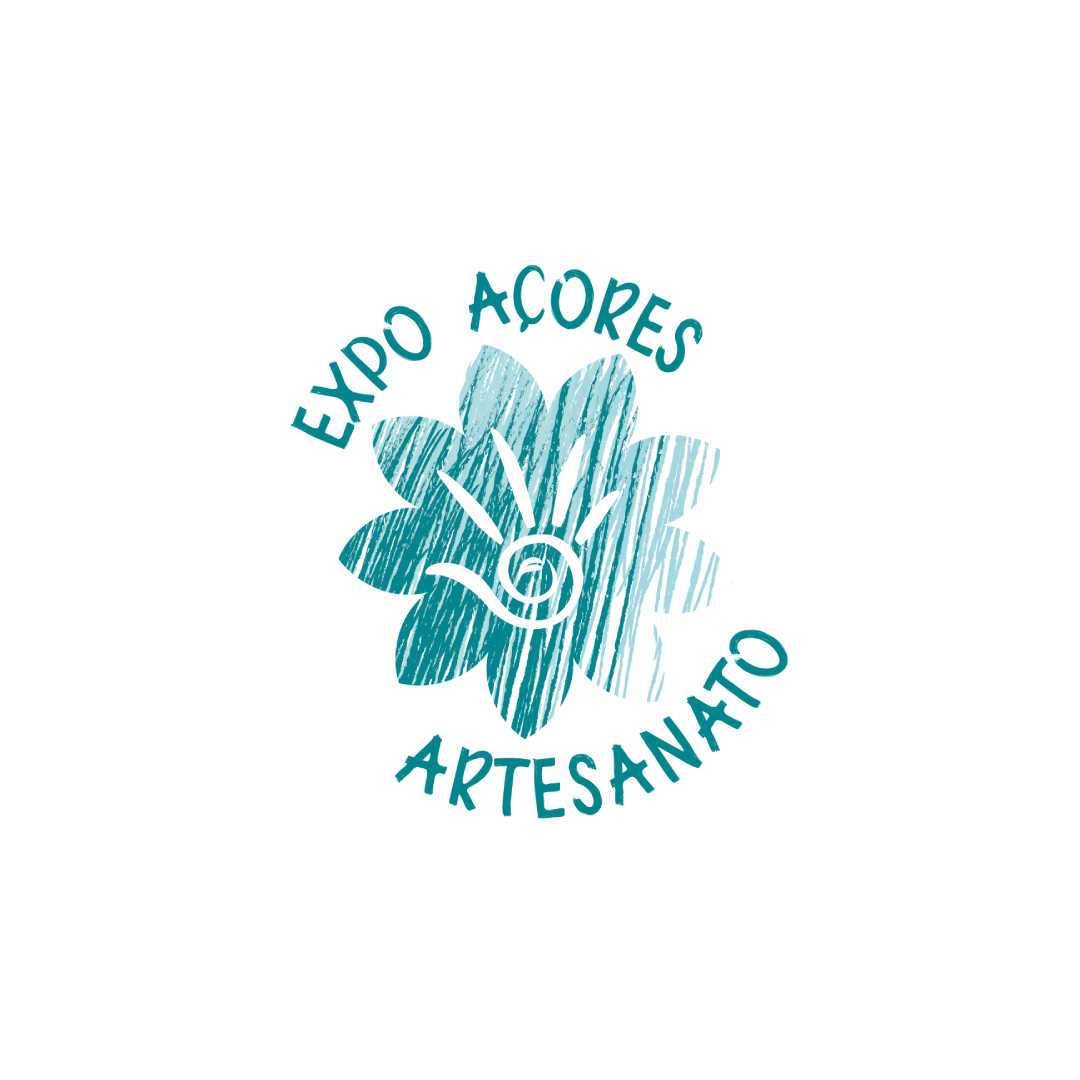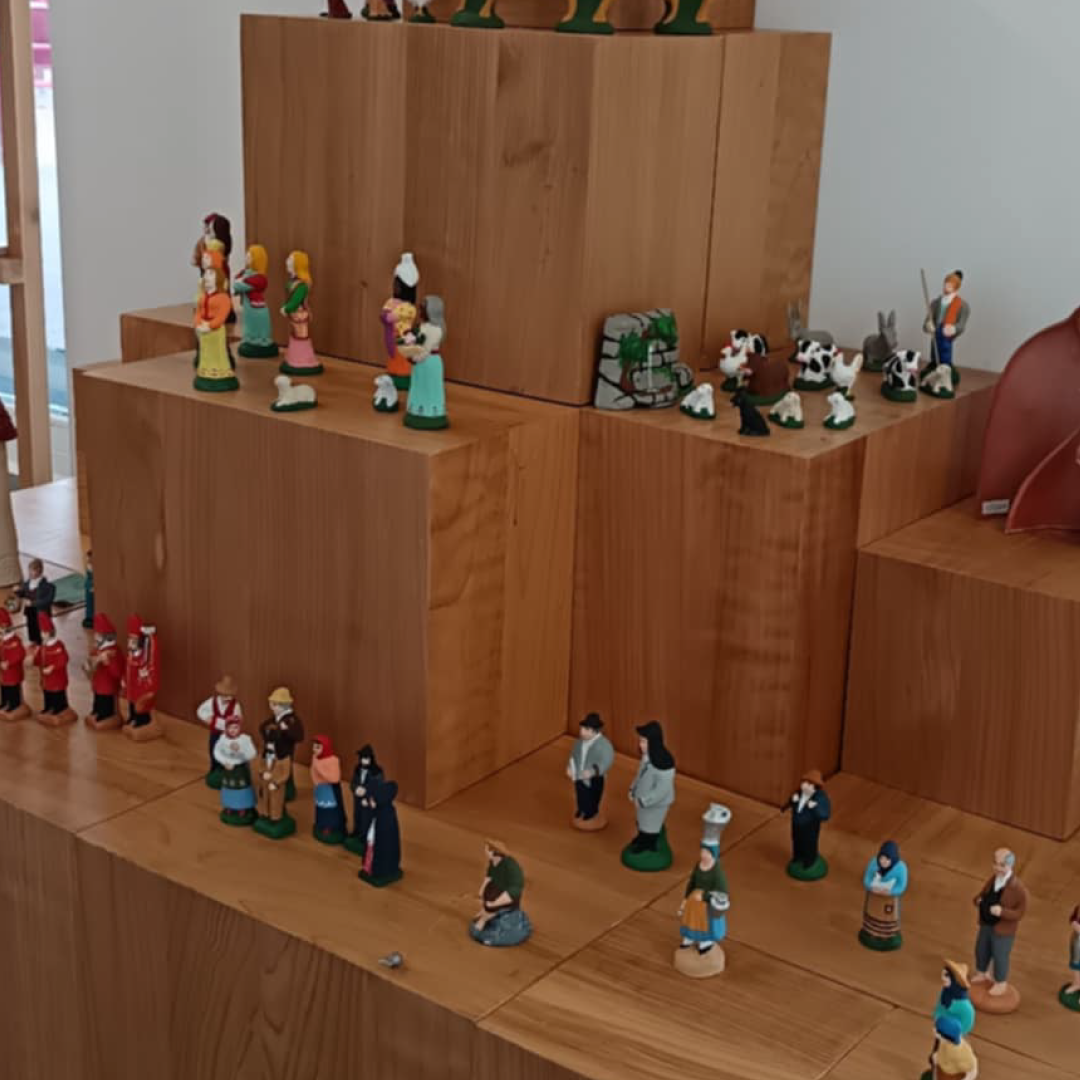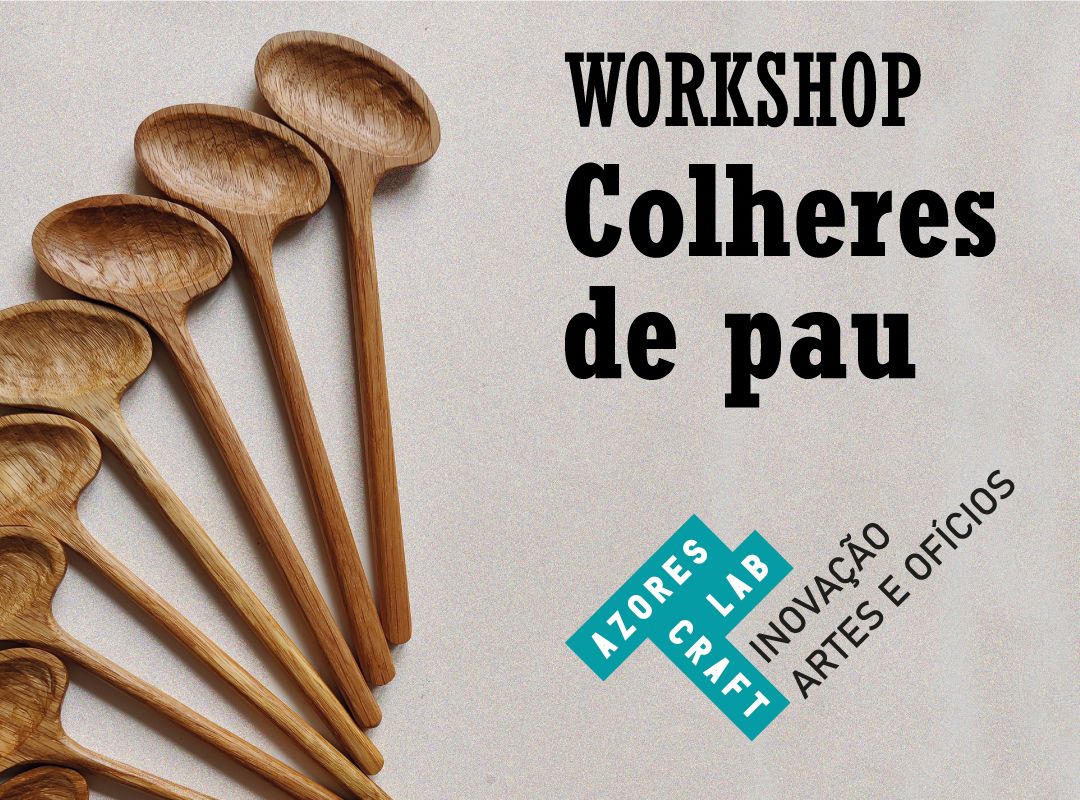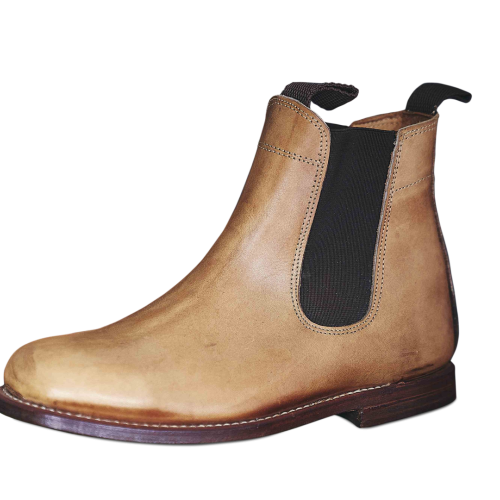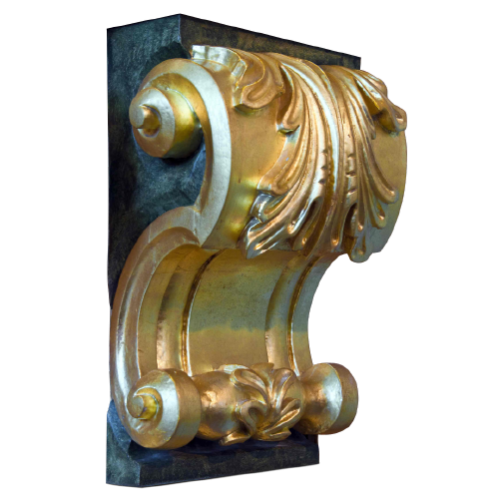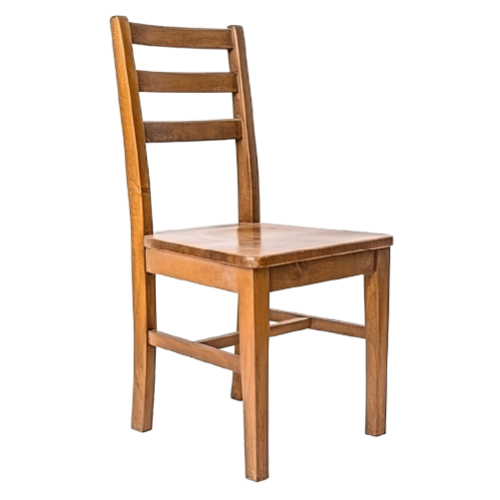Crafts and Design Center of the Azores

Crafts and Design Center of the Azores
The Platform artesanato.azores.gov.pt brings together a series of actions
that simplifies and makes it extremely intuitive for the user, without the need
to deal with matters in person that would otherwise take longer and be less
autonomous. We are now faced with a system accessible to everyone online.
The highlighted option “new artisan” allows
easy and direct access to the application to obtain an Artisan and Artisanal
Production Unit License.
The Artisanal Production Units already registered now have a personal
area where they can process all procedures with CADA.
The general public will be able to access the Digital Catalog, divided by
activities, where photos of products, contacts, biographical information and
GPS locations of the workshops of all artisanal companies that have allowed the
disclosure of their data can be consulted.
You can also discover other information about CADA's most diverse
activities, within the scope of training, product certification, publications, exhibitions
and fairs, workshops and artisan support, particularly through the incentive
system.




